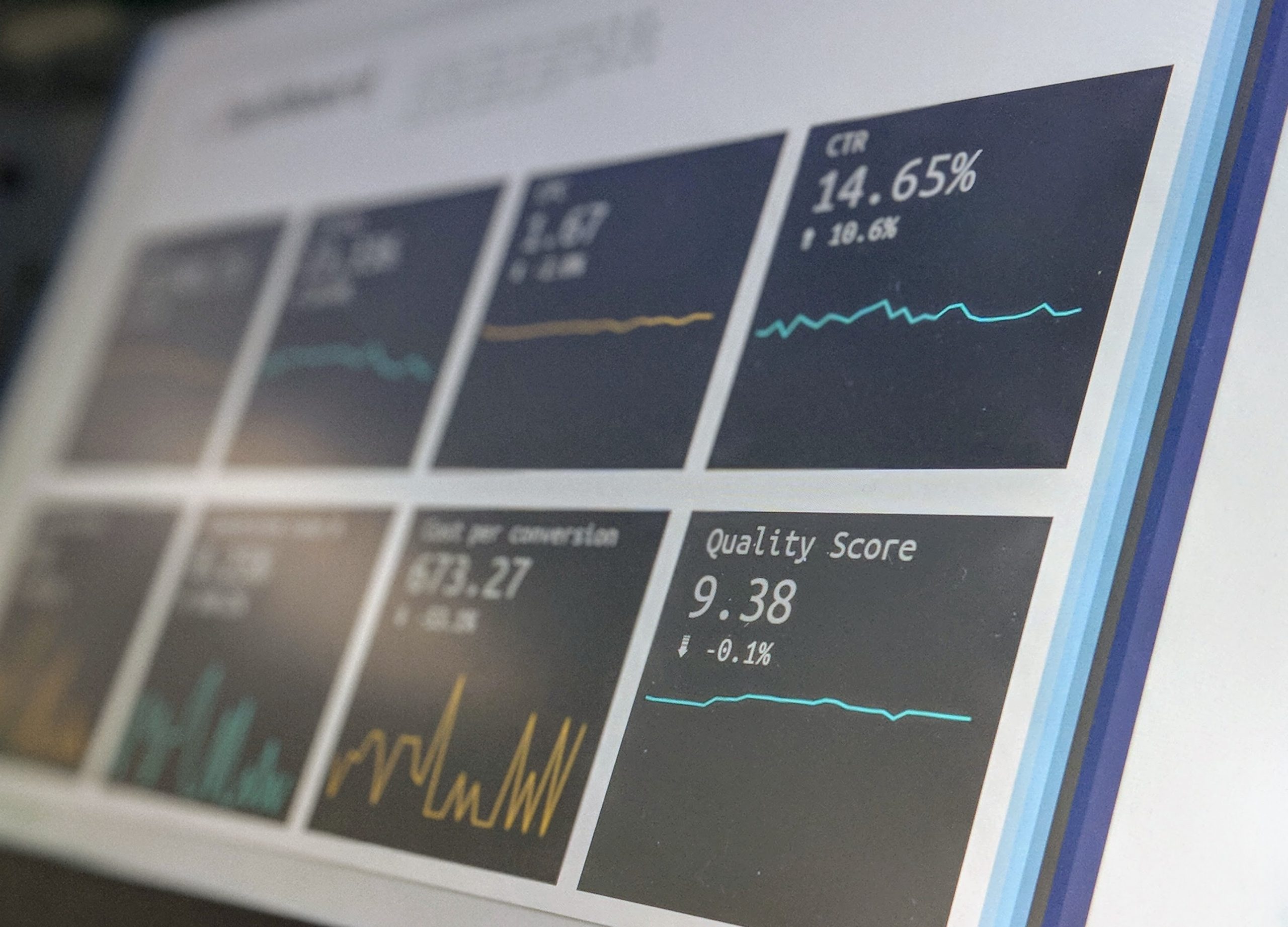People remain uncertain when it comes to summarizing actual data easily in R. There are a variety of choices. So who is the right one? I addressed the query below. At first, you must pick one. And become an expert on this. That’s how you’re going to switch to the next. In this article, I will discuss the primary methods of summarizing data sets. Let’s hope this makes the trip much smoother than it seems. Methods for summarizing data in R apply() Apply function returns a vector or array or a list of values achieved by applying a function to rows or columns. This is the easiest of all the tasks that can do this work. However, this feature is very unique to either row or column collapsing. Usage Arguments Values Description x an array, including a matrix. MARGIN a vector giving the subscripts which the function will be applied over. E.g., for…
Posts tagged as “vector”
R’s subsetting operators are powerful and fast. Mastery of subsetting allows you to succinctly express complex operations in a way that few other languages can match. As an illustration in…
Removing NA values in a vector Lets create a vector containing NA values before removing NA values. As you can see based on the output of the RStudio console, our…
Even when you write just one value in R, it becomes a vector of length 1 and belongs to one of the above vector types. Vectors are generally created using…


